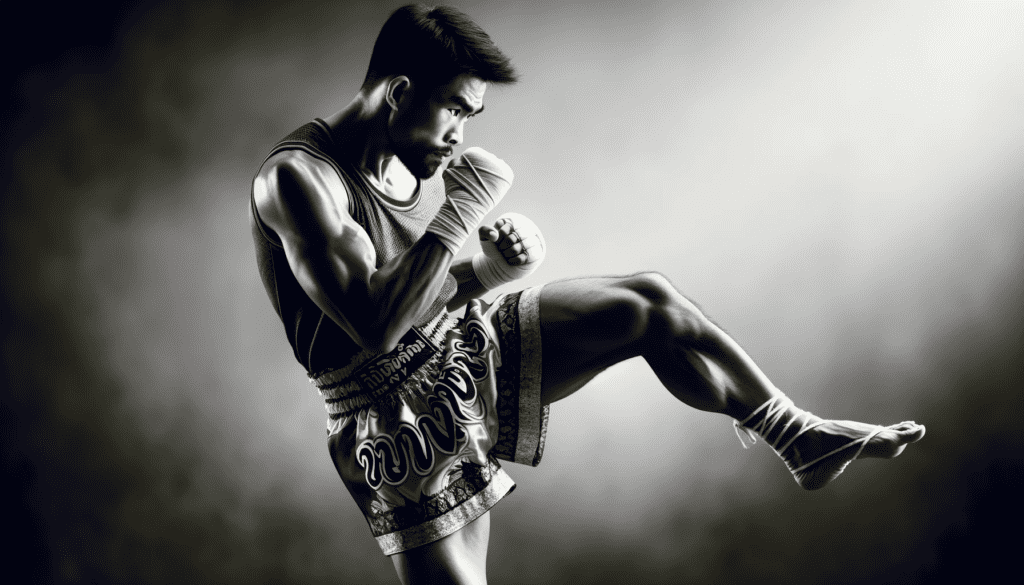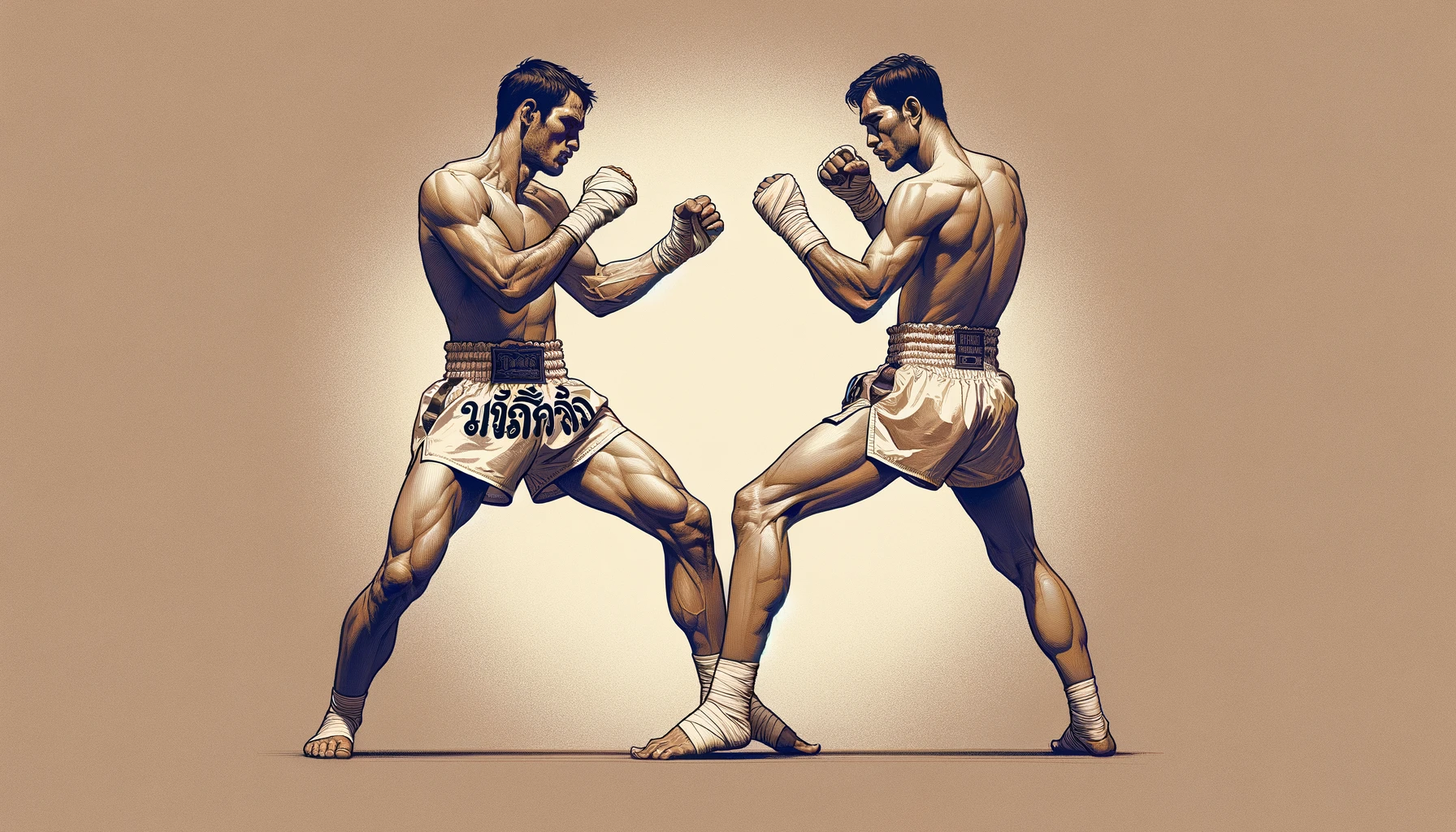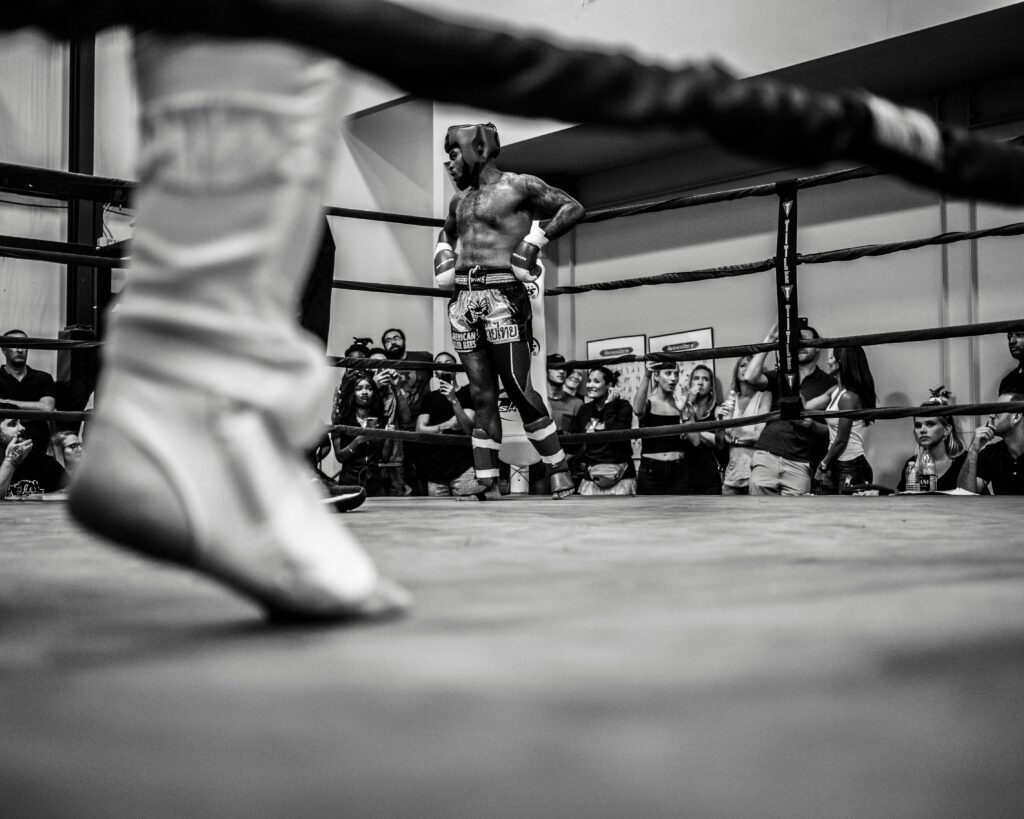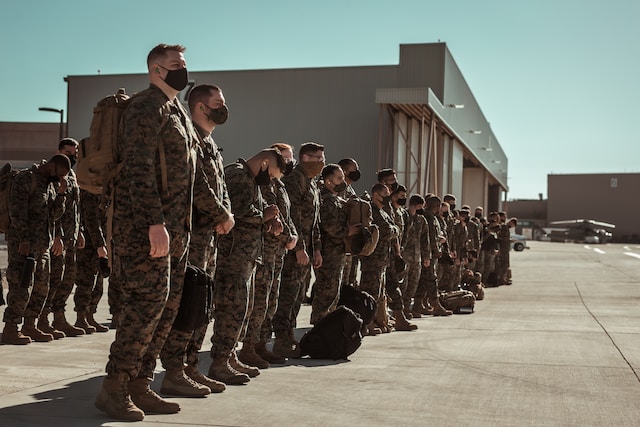The clinch is more than just a close-quarters grappling exchange; it’s an intricate dance of power, control, and strategy. In Muay Thai, the clinch is not just about holding the opponent but about maneuvering them into vulnerable positions where powerful knee and elbow strikes can be delivered. This aspect of Muay Thai turns it into a holistic combat system that blends striking with elements of grappling, making it highly effective and respected in the world of martial arts.
Understanding the clinch is crucial for any practitioner of Muay Thai. It’s not merely a defensive tactic to avoid strikes but a sophisticated offensive tool. Mastering the clinch can often be the deciding factor in a Muay Thai match, showcasing a fighter’s skill, agility, and tactical acumen. By delving into the world of the clinch, one steps into a realm where strength, technique, and intelligence converge, making it an essential study for anyone serious about learning the depth and complexity of Muay Thai.
Basic Mechanics of the Clinch
Stance and Posture
In the clinch, the stance and posture are fundamental elements that dictate a fighter’s effectiveness. The right stance involves slightly bending the knees, maintaining a lower center of gravity. This position ensures stability and readiness to absorb or initiate movements. The body should lean forward slightly, aligning with the legs to create a solid base. It’s crucial to keep the back straight but relaxed, allowing for fluid motion and quick adaptability.
Foot positioning is equally vital. Fighters typically position their feet shoulder-width apart, giving them a balanced yet dynamic base. This stance allows for quick shifts in weight, essential for both offense and defense in the clinch.
Basic Grip and Control
The clinch grip is primarily about controlling the opponent’s head and body, which in turn, controls their balance and movement. A common grip involves one hand behind the opponent’s neck, pulling it down, while the other hand controls the arm or the body. This grip offers control over the opponent’s posture, limiting their ability to strike effectively.
Maintaining a dominant grip requires constant adjustment and awareness. Fighters aim to keep their elbows in, close to their body, to prevent the opponent from breaking the grip. Hand placement is strategic; it’s not just about holding but about applying pressure in the right places to manipulate the opponent’s movement and balance.
In summary, the basic mechanics of the clinch in Muay Thai revolve around a stable and adaptable stance, coupled with a strategic grip that focuses on controlling the opponent’s head and body. Mastering these fundamentals is crucial for advancing to more complex clinch techniques and strategies.
Offensive Strategies in the Clinch

Launching Strikes
In the intense proximity of the clinch, Muay Thai fighters utilize this position to launch powerful knee and elbow strikes. The key to effectively executing these strikes lies in timing and creating opportunities. A fighter must read their opponent’s movements and anticipate openings, exploiting moments of weakness or imbalance. Knee strikes are particularly devastating in the clinch due to their close-range power. Fighters often aim these knees at the body or thighs to wear down the opponent. Elbow strikes, while more challenging to execute due to the limited space, can be highly effective for targeting the head and causing significant damage.
Sweeping Techniques
Sweeping techniques in the clinch are not just about taking the opponent to the ground; they are a tactical tool to destabilize and disorient them. A well-executed sweep can quickly turn the tide of a fight, giving the sweeper a momentary advantage to attack or reposition. The art of sweeping in the clinch involves understanding the opponent’s balance and exploiting their weight distribution. By pulling or pushing at the right moment, a fighter can unbalance their opponent, making them vulnerable to further strikes or a takedown. Sweeps require precise timing and a deep understanding of both one’s own balance and the opponent’s.
Defensive Maneuvers in the Clinch
Blocking and Countering
In the clinch, defense is as crucial as offense. Fighters employ various tactics to block and counter strikes from their opponents. Using the forearms and elbows to block knee and elbow strikes is common. This requires not only physical strength but also quick reflexes and the ability to anticipate the opponent’s next move.
Counter-striking within the clinch is a skill that turns defense into offense. A fighter might absorb or deflect an incoming strike and respond with their own strike, exploiting the momentary vulnerability of their opponent. This could involve a swift knee to the body or an elbow to the head. Timing and precision are essential, as counter-strikes often rely on the brief windows of opportunity created by the opponent’s attacks.
Maintaining Balance and Control
Maintaining balance and control in the clinch is fundamental to both offensive and defensive strategies. A fighter must constantly adjust their stance and positioning to prevent being unbalanced or swept by their opponent. This involves a deep understanding of weight distribution and body mechanics.
Control in the clinch also extends to controlling the opponent’s movements. This can be achieved through grip strength, body positioning, and the use of leverage. By controlling the opponent’s head, shoulders, or arms, a fighter can limit their ability to strike effectively or execute their own sweeps. This aspect of the clinch game requires both physical strength and strategic thinking, as fighters must continuously adapt to the dynamic movements of their opponent.
Advanced Clinch Techniques
Off-Balancing and Positioning
In advanced Muay Thai, mastering the art of off-balancing an opponent within the clinch becomes crucial. This is achieved through a combination of weight shifting and subtle foot movements. Experienced fighters often use their body weight to manipulate the opponent’s stance, making them vulnerable to strikes or takedowns. Key aspects include:
- Weight Shifting: Learning to shift your weight effectively can unbalance your opponent without significant force. This technique involves subtle body leans and slight changes in posture.
- Foot Movement: Advanced fighters use their footwork to disrupt the opponent’s balance. This could mean stepping around to change angles or using small shuffles to create instability.
Feints and Misdirection
Feints and misdirection play a pivotal role in advanced clinch work in Muay Thai. These techniques are designed to create openings for strikes or to improve positional advantage. Key elements include:
- Using Feints: Feints in the clinch involve subtle movements that suggest an impending strike or positional change. This can lead the opponent to react prematurely, opening them up for the actual intended technique. For instance, a slight shoulder movement might indicate an incoming knee, prompting the opponent to defend against it, thereby exposing them to a different strike.
- Body Movement Misdirection: This involves using the upper body to mislead an opponent about your next move. A twist of the torso or a dip of the shoulder can be enough to misdirect the opponent, allowing for surprise attacks or changes in clinch position.
Countering and Escaping
In high-level Muay Thai, the ability to counter an opponent’s moves and escape from disadvantageous clinch positions is essential. This involves a combination of technique, anticipation, and reflexes. Key strategies include:
- Anticipating and Countering Moves: Advanced practitioners develop the ability to read their opponent’s intentions. This foresight allows them to prepare counter-moves, such as using an opponent’s momentum against them or swiftly changing their grip to exploit openings.
- Escaping Techniques: Escaping from a clinch requires a blend of physical maneuvering and tactical thinking. Techniques often involve breaking the opponent’s grip, repositioning the body to create space, and using swift footwork to exit the clinch.
- Leveraging Positional Advantage: Sometimes, escaping isn’t about completely breaking free, but about transitioning to a more advantageous position within the clinch. This could mean rotating around the opponent, changing levels, or switching grips to gain control.
The Role of Clinch in Muay Thai Matches
Scoring and Strategy
In Muay Thai competitions, the clinch is not just a technique; it’s an integral part of the scoring system and fight strategy. Effective clinch work can significantly influence the outcome of a match. Key aspects include:
- Impact on Scoring: Judges in Muay Thai pay close attention to clinch work. Dominance in the clinch, especially when it leads to effective strikes or control, can score highly. Demonstrating control and landing clean, powerful knees or elbows can tilt the score in a fighter’s favor.
- Strategic Importance: Beyond scoring, the clinch can be used strategically to wear down an opponent, control the pace of the fight, or recover from strikes. Fighters often use the clinch to regain composure or to prevent the opponent from launching their strikes.
Cultural and Historical Context
The clinch’s role in Muay Thai goes beyond the technical and into the cultural and historical realms. It’s a testament to the art’s deep roots in Thai culture:
- Historical Significance: Traditionally, Muay Thai fighters used the clinch to demonstrate their strength and skill in close combat, reflecting the martial art’s battlefield origins.
- Cultural Respect: In Thailand, proficiency in the clinch is often seen as a mark of a skilled and respected fighter. The ability to control an opponent in close quarters is viewed as a sign of mastery in Muay Thai.
Training for the Clinch
Drills and Exercises
Improving clinch techniques requires specific drills and exercises. Key practices include:
- Partner Drills: Practicing with a partner allows for the simulation of real clinch scenarios, focusing on grip changes, balance, and effective striking.
- Strength Training: Exercises targeting core, neck, and shoulder muscles are crucial, as these areas are heavily engaged during clinch maneuvers.





